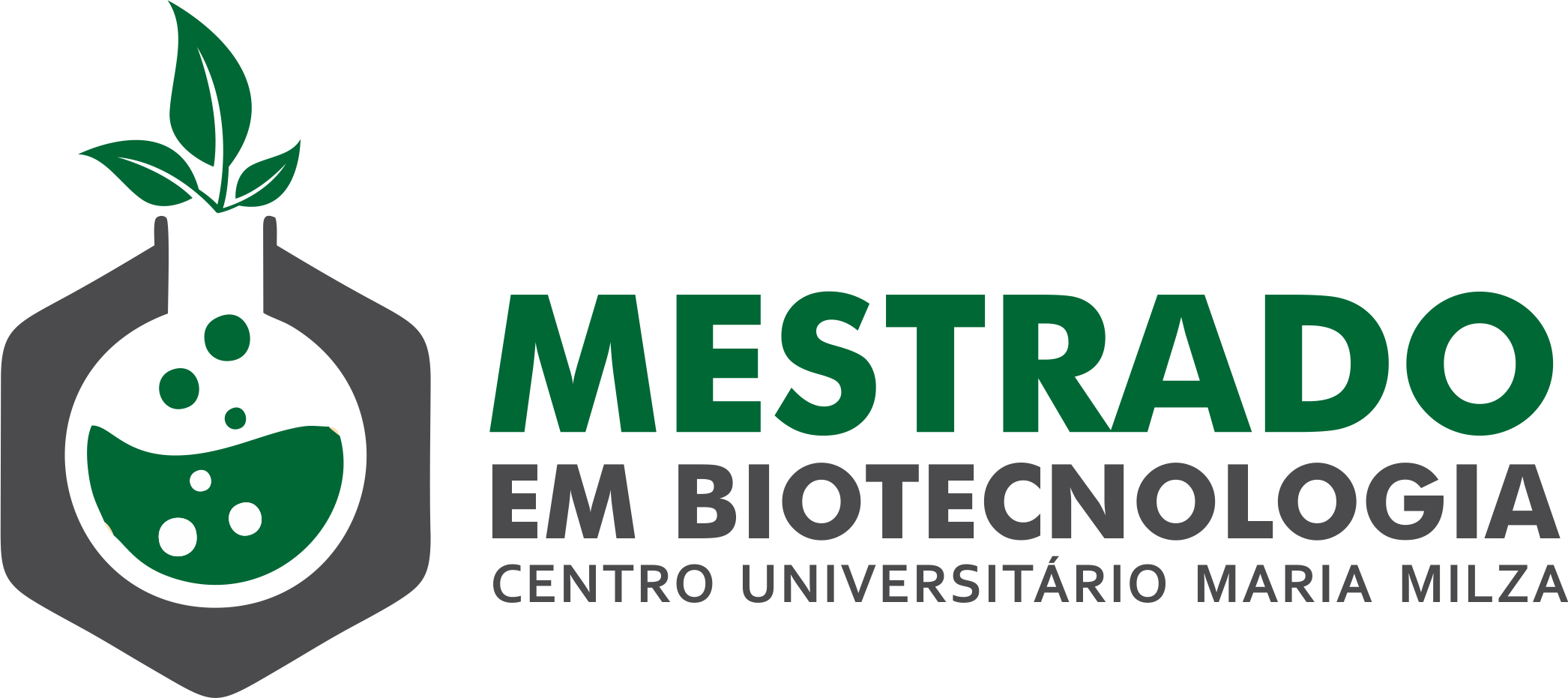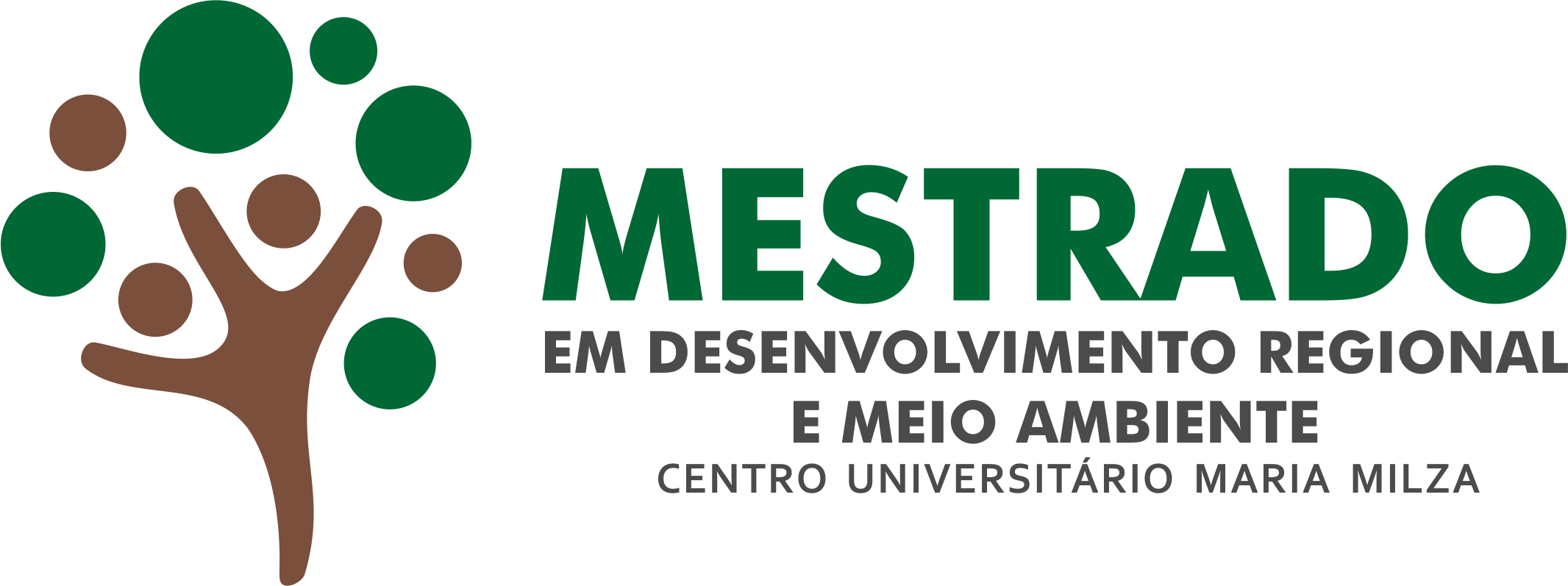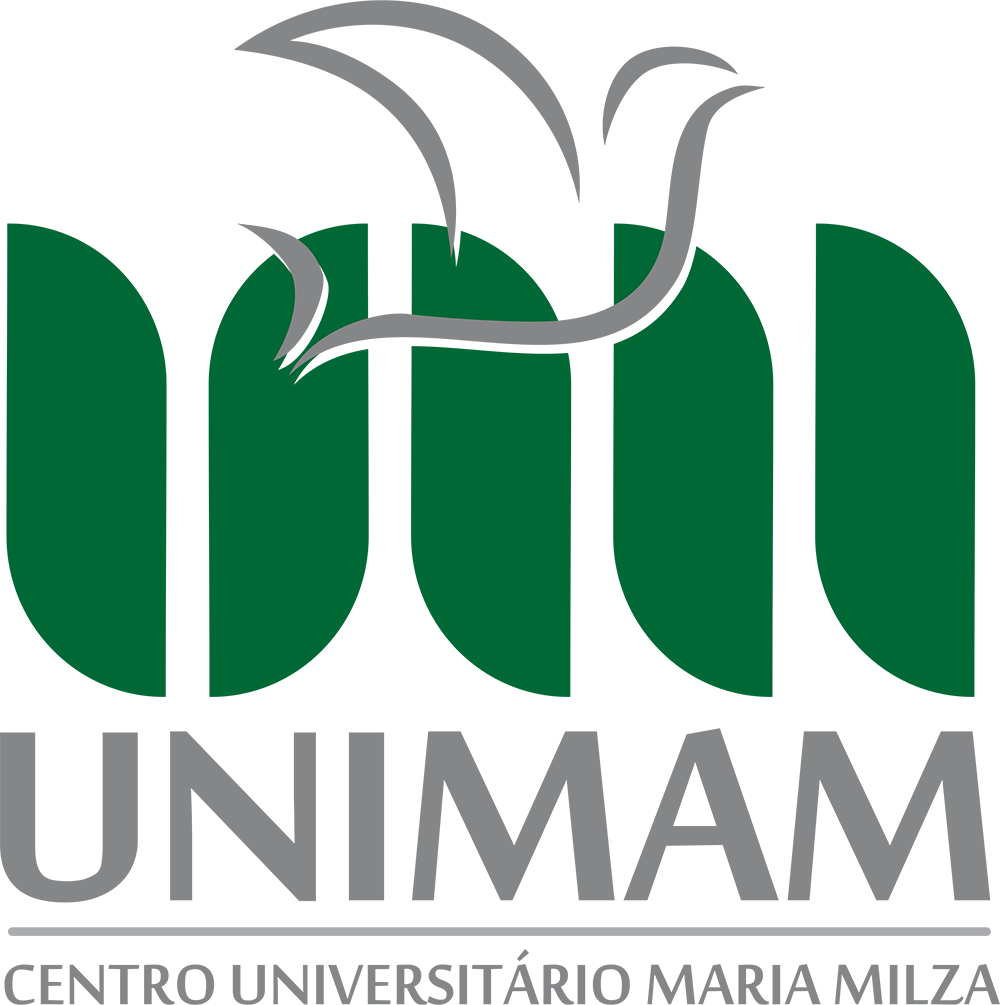Causes of rejection of radiographs in a regional hospital from Bahia Recôncavo
DOI:
https://doi.org/10.22479/texturav15n1p114-123Keywords:
Radiography, Quality Control, RejectionAbstract
Radiography is understood as the projection of a two-dimensional image processed and visible in conventional or digital medium, from the interaction of ionizing radiation of the X-ray type with the patient's body. To ensure the quality of radiography, the image, the patient, the x-emitting equipment and the other components related to acquisition/processing should be evaluated. This is an exploratory, observational, descriptive study that aimed to evaluate the index of radiographs rejected in a regional hospital in the municipality of Castro Alves - Bahia. The collection of rejected radiographs occurred during 192 days from September to February with the classification into five categories: underexposure, overexposure, patient movement, image artifact and positioning error. A total of 132 radiographs were rejected from a total of 2,756 radiographs, and underexposure (48.5%) the most common rejection reason found. Based on this information, a table of radiographic constants was formulated in order to act in an educational and preventive way, in order to minimize such error, ensuring a higher quality to the imaging service and a global economy for the hospital. Thus, establishing an assertive quality control allows an improvement of radiology service.
Downloads
Downloads
Published
How to Cite
Issue
Section
License
The authors grant copyright on an approved manuscript with exclusive publication for Texture Journal in electronic format, including figures/ illustrations and content for the dissemination of the article, including on the social networks of the Texture Journal.











